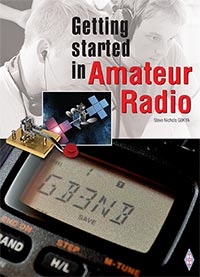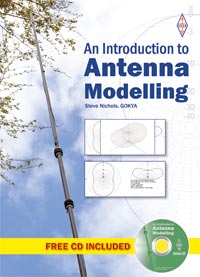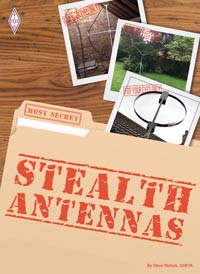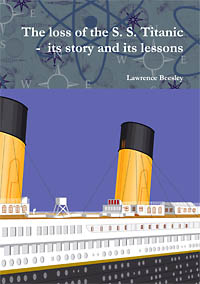 |
| Chris G0DWV on the mic. with Roger G3LDI looking on. |
This was the ninth year we've taken part.
Using the call GB0CMS and a mixture of Morse code, telephony (speech) and data (FT8), contacts were made with other radio amateurs across the UK, Europe, and the USA.
Notable contacts were made with other IMD stations in Italy, Ireland, Weston-Super-Mare and Poldhu, Cornwall – home of the Marconi Centre from where the inventor made the first transatlantic transmission in 1901.
We ran the all-day special event station at Caister Lifeboat to commemorate the village's original Marconi Wireless Station, which was established at Caister in 1900. The station was in a house in the High Street known as Pretoria Villa and its original purpose was to communicate with ships in the North Sea and the Cross Sands lightship.
Conditions weren’t brilliant due to a major solar disturbance (effects of a coronal hole), but we were still able to cross the Atlantic on three occasions.
We were picked up in Pennsylvania, US via FT8 at -20dB on the reverse beacon network, but didn't make any transatlantic FT8 QSOs.
The equipment used was 100W maximum from an Icom IC-7400 (20m) and an Icom IC-7300 (80/40/30m). Antennas were a W5GI dipole on 40m and my design of a monoband end-fed half-wave (EFHW) vertical for 20m. The FT8 digital mode was used for the first time to show what can be worked with just 20-25W.
We also used a Flex Maestro to remotely link into Malcolm G3PDH's home station via the internet and worked back to ourselves using his special First Class Operators' Club call for April, G4FOC. The Maestro is very impressive!
Above all, it was great fun and a good social event














No comments:
Post a Comment